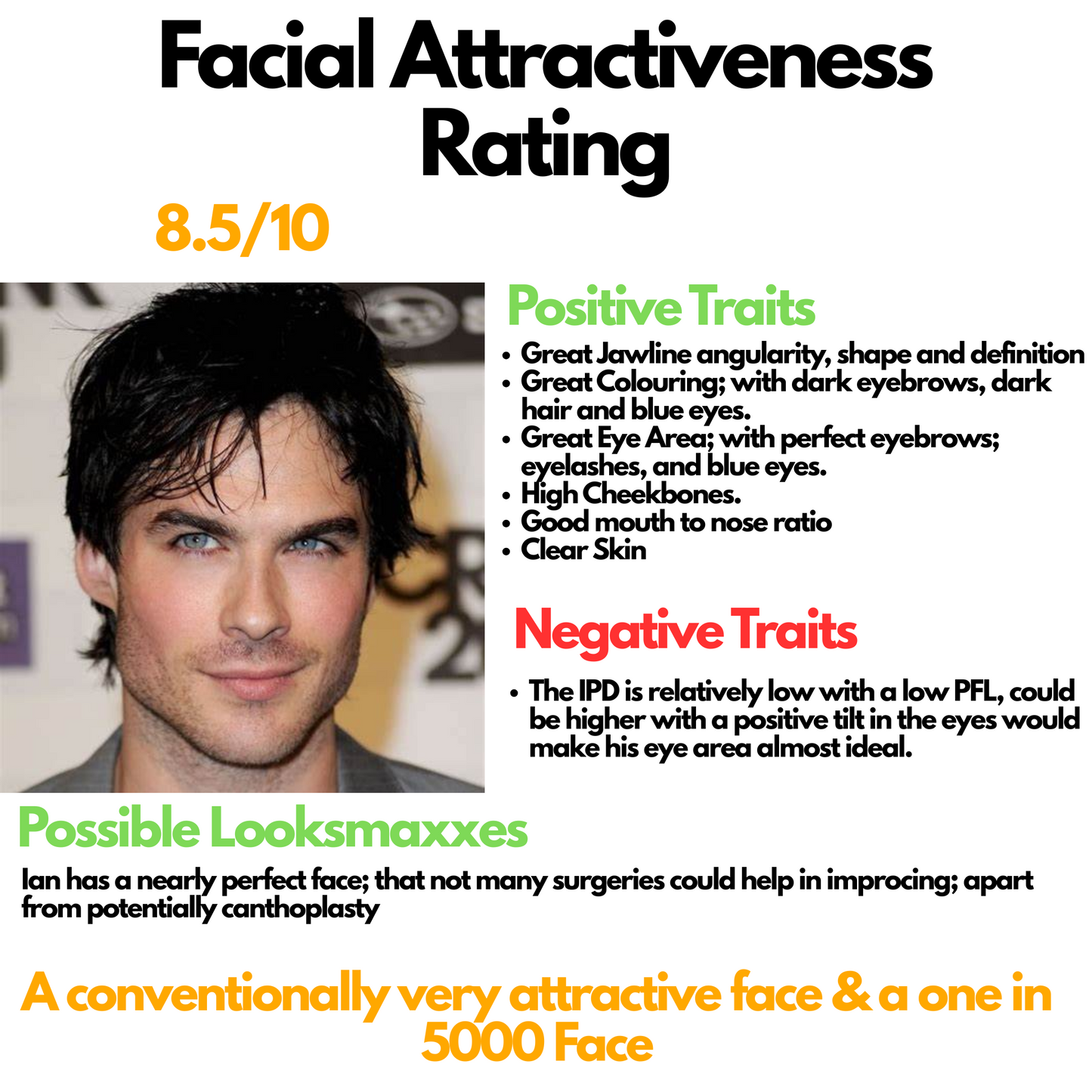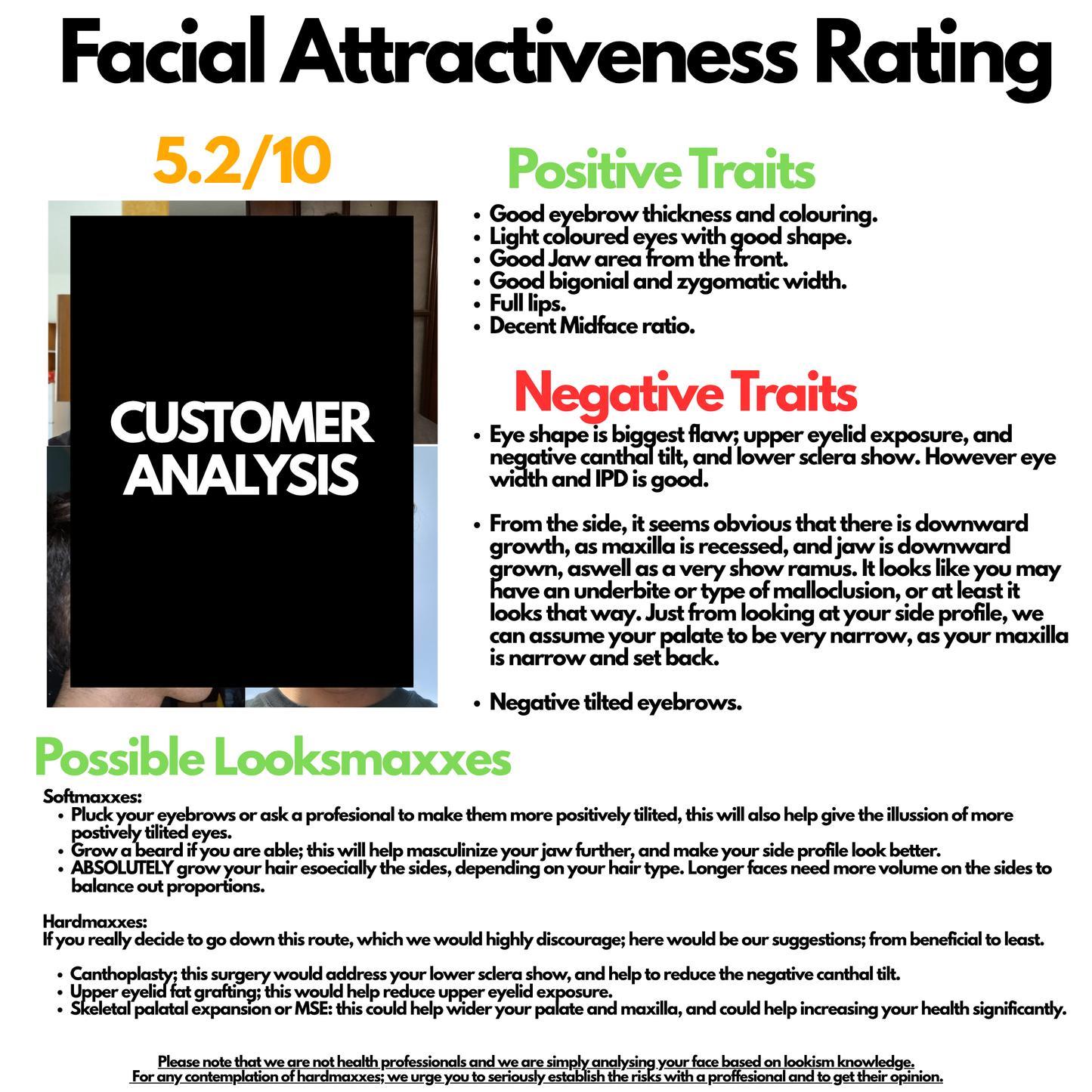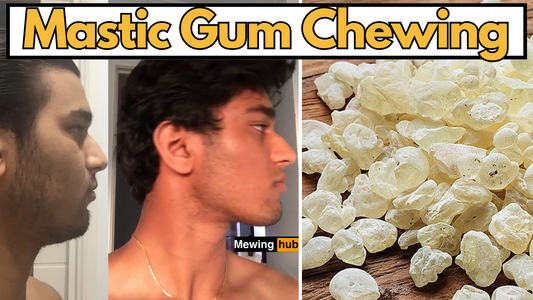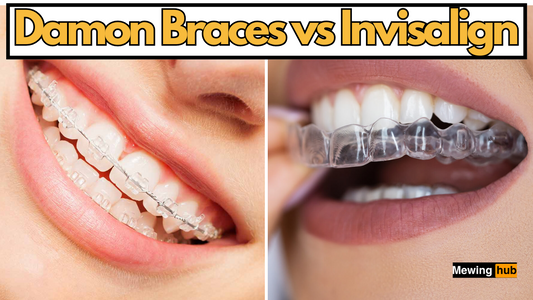Mewing and Singing: A Natural Way to Enhance Your Voice

Share
Mewing, a technique that emphasizes proper tongue posture, has gained popularity for its potential to reshape facial structure and improve oral health. But did you know that mewing might also benefit singers?
By influencing the shape of the oral cavity and promoting better breathing habits, mewing could play a role in enhancing vocal resonance, clarity, and projection.
This article explores the connection between mewing and singing, focusing on how expanding the palate and improving alignment may impact vocal performance.
What is Mewing?
Mewing involves maintaining proper tongue posture by pressing the entire tongue against the roof of your mouth while keeping your lips closed and breathing through your nose.
This practice, rooted in orthotropics, is designed to promote natural facial growth by aligning the maxilla (upper jaw) and improving oral posture.
While mewing is often associated with aesthetic benefits like a sharper jawline or higher cheekbones, its potential effects on vocal quality have intrigued singers and vocal coaches alike.
Learn more about mewing and how to do it correctly.
How Mewing May Impact Singing
The connection between mewing and singing lies in how tongue posture influences the shape of the oral cavity, airway alignment, and muscle engagement.

Here’s how mewing might improve your singing:
1. Expanding the Palate for Better Resonance
Mewing encourages the tongue to rest against the roof of the mouth, applying gentle pressure that may gradually expand the palate over time.
 A wider palate creates more space within the oral cavity, which serves as a resonating chamber for sound.
A wider palate creates more space within the oral cavity, which serves as a resonating chamber for sound.
- Improved Resonance: A larger resonating chamber enhances sound amplification, resulting in a fuller and richer tone.
- Better Articulation: With more space in the mouth, singers may find it easier to articulate vowels and consonants clearly.

For example, many great singers are known to have naturally wide palates, which contribute to their powerful vocal resonance. Freddie Mercury’s unique vocal range has been partially attributed to his unusually large palate—a feature that allowed for greater sound projection and tonal richness.
2. Enhanced Airway Alignment for Vocal Projection
Proper tongue posture promotes better airway alignment by preventing the tongue from collapsing into the throat. This improved alignment can:
- Reduce airflow restrictions during singing
- Support stronger vocal projection
- Minimize strain on the vocal cords during high-energy performances
By keeping airways open and unobstructed, mewing may help singers sustain notes more effectively while delivering a clear and powerful sound.
3. Improved Muscle Tone for Vocal Control
Mewing engages muscles in the tongue, jaw, and neck, strengthening them over time. Improved muscle tone can enhance:
- Tongue control for precise articulation
- Jaw stability for consistent vocal production
- Overall breath support for sustained singing sessions
4. Encouraging Nasal Breathing for Vocal Health

Mewing emphasizes nasal breathing over mouth breathing—a habit that benefits singers in several ways:
- Filters and humidifies air before it reaches the vocal cords
- Reduces dryness in the throat during extended performances
- Supports diaphragmatic breathing for better breath control
The Science Behind Mewing’s Impact on Singing
While scientific studies specifically linking mewing to improved singing are limited, related research provides some insights:
- Resonance Studies: The size and shape of the oral cavity significantly impact vocal resonance. Expanding the palate through proper tongue posture could theoretically enhance this effect by increasing space within the resonating chamber.
- Myofunctional Therapy: Exercises targeting tongue posture have been shown to improve speech clarity and airway function—skills closely related to singing performance.
- Orthotropic Principles: Aligning facial structures through proper oral posture may indirectly support better vocal production by optimizing airflow and muscle coordination.
How to Combine Mewing with Singing Practice
If you’re interested in using mewing to enhance your singing abilities, follow these steps:

1. Master Proper Tongue Posture
Ensure your entire tongue is pressed against the roof of your mouth without touching your front teeth. Maintain even pressure across the palate while keeping your lips closed.
2. Practice Controlled Breathing Techniques
Combine mewing with diaphragmatic breathing exercises to improve breath control:
- Inhale deeply through your nose while expanding your diaphragm.
- Exhale slowly while maintaining proper tongue posture.
3. Incorporate Vocal Warm-Ups with Mewing
Before singing practice or performances, integrate mewing into your warm-up routine:
- Hum scales while maintaining correct tongue posture.
- Focus on keeping airways open as you transition between notes.
4. Monitor Your Progress Over Time
Track changes in your vocal range, resonance, or clarity as you continue practicing mewing alongside singing exercises.
Potential Challenges When Combining Mewing with Singing
While mewing offers potential benefits for singers, it’s important to be aware of common challenges:
- Jaw Fatigue: Beginners may experience jaw tension or fatigue when adjusting to proper tongue posture during extended singing sessions.
- Overexertion: Applying excessive pressure with your tongue can lead to discomfort or strain.
- Inconsistent Results: Changes in vocal quality may vary depending on individual anatomy and practice consistency.
To overcome these challenges, focus on gradual progress rather than immediate results.
Real-Life Experiences: Does Mewing Improve Singing?
Many singers have reported positive experiences after incorporating mewing into their routines:
- Improved ability to hit higher notes due to enhanced resonance.
- Greater vocal clarity attributed to better articulation.
- Reduced strain during long performances thanks to improved airway alignment.
While these anecdotes are encouraging, it’s important to approach mewing as a complementary practice rather than a guaranteed solution for improving vocal performance.
Conclusion: The Harmony Between Mewing and Singing
Mewing presents an intriguing opportunity for singers to enhance their craft naturally by focusing on proper tongue posture and oral alignment. By potentially expanding the palate, improving airway function, and strengthening key muscles involved in vocal production, mewing offers a holistic approach to achieving richer resonance, clearer articulation, and stronger projection.
While scientific research on this connection remains limited, anecdotal evidence suggests that integrating mewing into your daily routine could complement traditional singing techniques effectively.
Whether you’re an aspiring vocalist or an experienced performer looking for an edge in your craft, exploring the synergy between mewing and singing might just unlock new dimensions in your voice!









